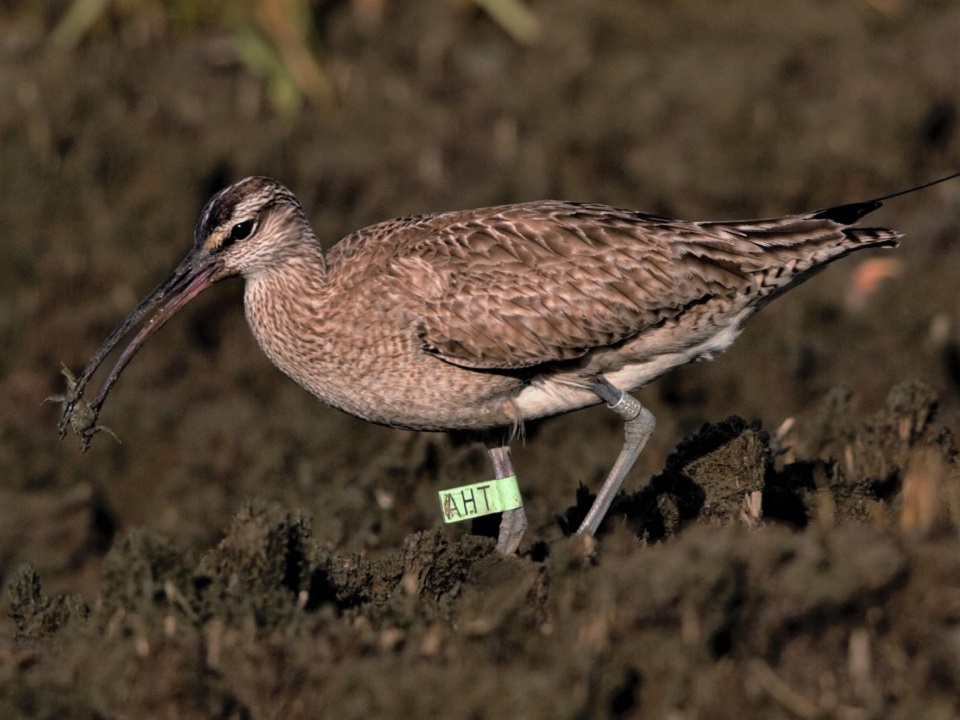No matter where you live in the world, you are connected to the Arctic through migratory birds. In the Alaskan Arctic more than 190 species of birds converge from six continents to nest and rear their young in the short burst of frenetic life that is the Arctic summer. However, many species are in decline, especially Arctic-breeding shorebirds. This was highlighted in the most recent Arctic Biodiversity Assessment, which assessed the status and trends in population size and distribution of Arctic species.
Launched in 2015, the Arctic Migratory Birds Initiative (AMBI) was developed in response to these declines in Arctic species, and in particular the Arctic Biodiversity Assessment’s recommendation to “reduce stressors on migratory species range-wide, including habitat degradation and overharvesting on wintering and staging areas and along flyways and other migration routes.” AMBI seeks to improve the status and secure the long-term sustainability of Arctic breeding migratory bird populations while protecting Arctic lifestyles and peoples. It is an initiative of the Arctic Council’s biodiversity working group, the Conservation of Arctic Flora and Fauna (CAFF).
AMBI organizes its work around four major flyways: East Asian-Australasian, African-Eurasian, Americas and Circumpolar. Since 2018, three of the four flyways has a coordinator, responsible for facilitating the implementation of AMBI activities within their respective flyways. I am the coordinator of the Americas Flyway.





 Back to all
Back to all



